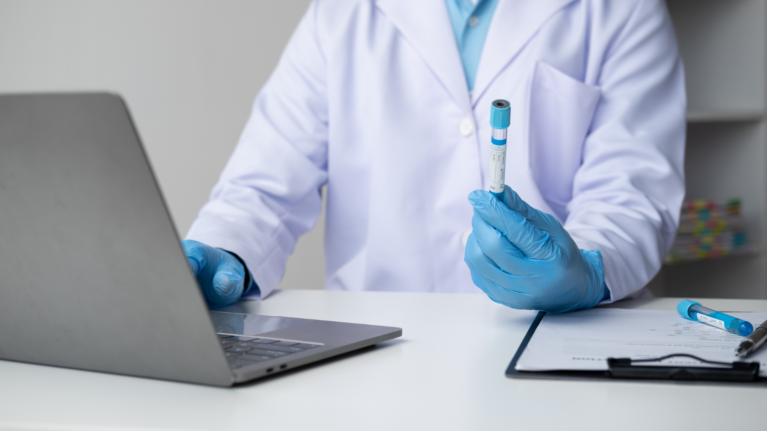

 By Jonathan Amadio
3 min read
28 Sep 2023
By Jonathan Amadio
3 min read
28 Sep 2023
If you work in a laboratory, you know how important it is to effectively share equipment and resources with your colleagues. Advances in laboratory technology have given us access to remarkable analyzers and instruments for our research and diagnostic needs. But, while lab equipment can make workflows faster and more cost-effective, there are the added challenges of upfront investment costs, staying organized, continuous upkeep, and integration with other platforms.
In the following blog, we’ll discuss these struggles in more detail and how to solve them with a simple and accessible solution.
Whether coordinating a small or large lab, managing a suite of equipment and their associated operation is no easy feat.
Here are a few challenges that we’ve heard over the years:
Lab equipment is spread across different rooms and floors.
Validation and preventative maintenance schedules vary amongst instruments.
When equipment issues arise, vital information, like a faded serial number or a lost user manual, can become unexpectedly unavailable.
Multiple users with different schedules have continuous conflicts with equipment usage.
Different users have different experimental protocols or techniques, requiring time-consuming and error-prone setup transitions.
Many labs try to proactively circumvent these issues by implementing a shared spreadsheet or paper log. These approaches are not designed to be at the forefront of the lab workflow; they become “optional” rather than “necessary.” As a result, labs still experience delays and conflicts with equipment reservation and preventative maintenance schedules. A missed re-validation may result in unusable or non-compliant data and potentially weeks of downtime due to part availability or field service engineer scheduling.
While each scenario is distinct, the result is the same: Limited equipment availability. Ultimately, the consequences can quickly halt research, leading to lost time and money.
Without a centralized approach that lab personnel can easily access and utilize, lab efficiency will suffer.
A digital lab platform is designed with the lab’s needs in mind and can help you and your colleagues manage lab equipment effectively and efficiently. By having a centralized repository for your lab equipment, you can optimize your workflow, increase productivity, and limit potential equipment downtime.
Here are the top features that can provide significant benefits to your lab:
Overall, digital lab platforms help optimize the management of shared equipment by streamlining scheduling, increasing equipment uptime, and lengthening the lifetime of an instrument. Additionally, they can help promote collaboration, facilitate remote access to equipment, and “future-proof” your lab. These platforms increase lab efficiency, enable sustainability, improve communication, and enhance productivity in shared lab environments.
eLabNext is the most advanced digital lab platform that can help elevate your laboratory equipment workflow. Request a personal demo or start a free trial today to see how it can integrate seamlessly into your lab’s operations.
You can also explore the eLabMarketplace, where you can find and install add-ons and integrations that suit your specific needs.

 By Ethan Sagin
By Ethan Sagin
Learn how eLabNext utilizes impact-driven metrics and assessments to optimize digital operations, enhance customer satisfaction, and achieve lab digitization goals effectively.
Read more
 By Zareh Zurabyan
By Zareh Zurabyan
Discover the transformative power of a Sample and Digital Strategy, and follow our 5 easy steps to prep for a seamless ELN/LIMS transition.
Read more
 By Chris Austin
By Chris Austin
Discover the ongoing debate between paper and ELNs in research institutions, weighing the simplicity and tangibility of paper against the efficiency and collaboration-enhancing features of ELNs.
Read more
Schedule a Personal Demo for friendly expert guidance and a free lab workflow assessment.